11+ Sample Personal Strategic Plan
-
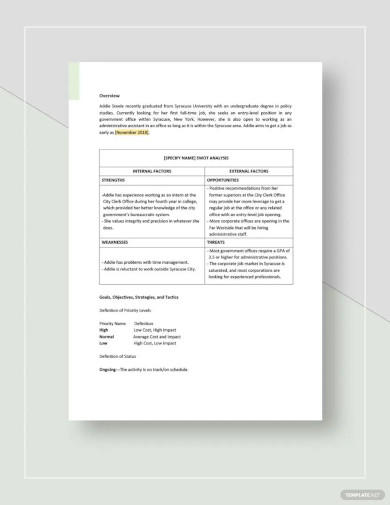
Personal Strategic Plan Template
download now -

Sample Personal Strategic Plan Template
download now -
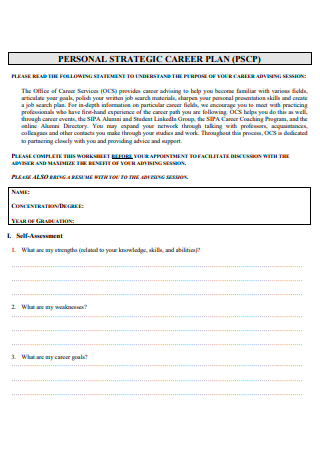
Personal Strategic Career Plan
download now -
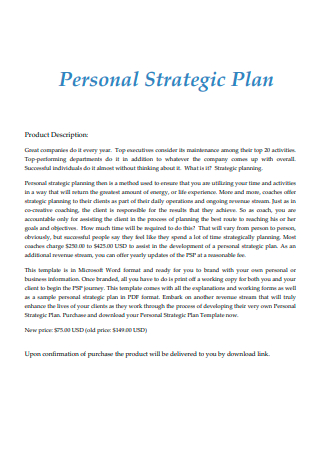
Basic Personal Strategic Swot Analysis Plan
download now -
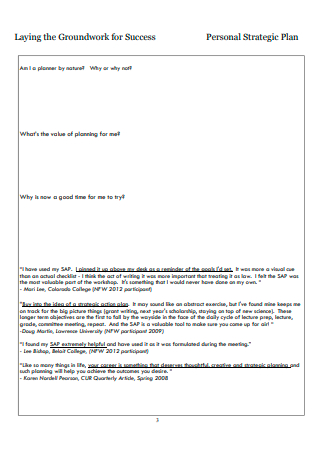
Personal Strategic Vision Plan Example
download now -
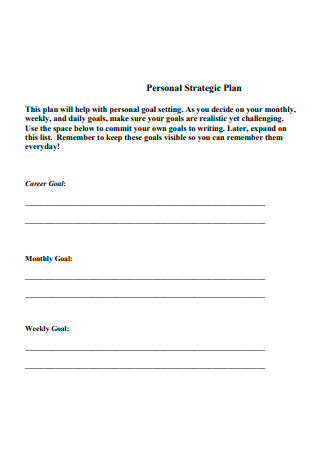
Formal Personal Business Strategic Plan
download now -
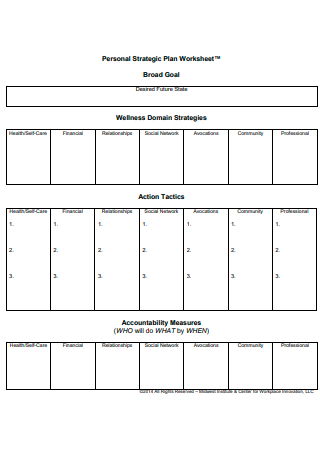
Student Personal Strategic Plan Worksheet
download now -

5 Year Personal Strategic Planning in PDF
download now -

Printable Personal Strategic Action Plan
download now -
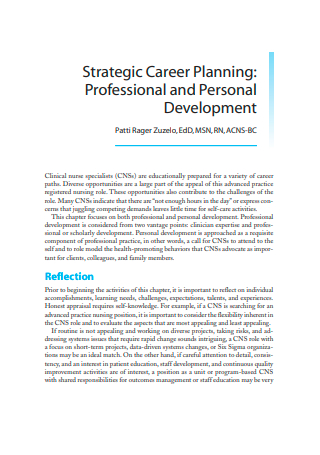
Personal and Development Strategic Career Planning
download now -
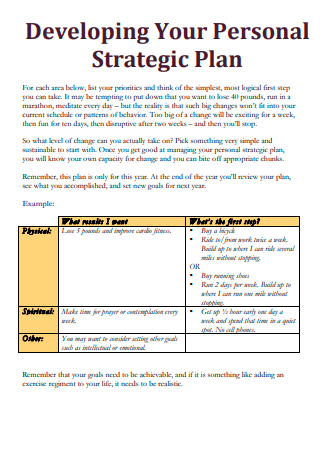
Developing Personal Priorities Strategic Plan
download now -
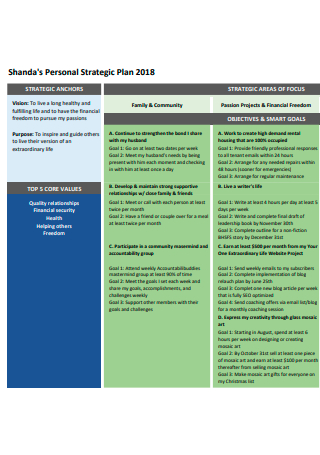
Standard Mission Personal Strategic Plan
download now
FREE Personal Strategic Plan s to Download
11+ Sample Personal Strategic Plan
a Personal Strategic Plan?
Principles of Personal Strategic Planning
Elements of a Powerful Strategic Plan
How To Create a Personal Strategic Plan
FAQs
What constitutes a personal strategy?
What are the different types of strategic plans?
How should a good action plan look?
What Is a Personal Strategic Plan?
Whatever we wish to do, whether in the short or long term, steps are always necessary to get there. They take all of these steps due to their personal strategic planning. Personal strategic planning is a subset of strategic planning in that it is concerned with you taking strategic measures toward accomplishing your goals in all areas of your life. Additionally, you may view the implementation plan. Personal strategic planning enables you to strike a balance between job and personal life by requiring you to develop strategies for both career development and how you address numerous parts of your personal life. You create activities for yourself with the expectation of accomplishing goals in various areas of your life. Numerous studies have shown that most strategic planning efforts fail, up to 67%. This is partly because the typical process of strategic planning is entirely backward.
Principles of Personal Strategic Planning
Personal strategic planning defines your purpose and mission and carries out that plan to attain your objectives, unlike corporate strategic planning. Personal strategic planning is critical because it is a strategy for self-leadership — if you can lead yourself, you can also teach others. Leadership is about enhancing others via your presence and ensuring that your impact endures in your absence. Developing a personal strategic plan becomes an ongoing self-leadership activity. If you’re interested, here are a few of its fundamental concepts.
Elements of a Powerful Strategic Plan
New businesses must consider numerous factors, including developing a strategic plan. Business leaders with extensive experience typically emphasize the critical nature of a robust, well-designed strategic strategy. Without a good plan in place, you risk missing out on new chances and potentially impeding your progress. Your strategic plan is the document that defines the particular activities that will be undertaken to overcome the barriers. It outlines the logical steps you will follow to complete your quest. The following are the components of a printable strategic plan:
1. Mission statement, vision statement, and aspirations
A mission statement is a comprehensive, long-term description of why your business exists and what it aspires to be. It includes the objectives you wish to achieve and a description of how you propose to attain them. A strategic plan must include a concise statement of your company’s purpose, its reason for being. Your vision statement will be more concise and clear, and it will present a picture of how your firm should look in five years or a decade or two. While these strategic plan components may take time to complete, they serve as the necessary foundation for expanding the strategy. By concretizing your company’s mission and values, you’ll take a significant first step in developing a plan that will lead to success.
2. Fundamental values
After establishing your purpose and vision statements, you will generally focus on developing declarations of fundamental values.
Your core values articulate your organization’s essential “musts” and “must not” — the critical concepts that guide leaders and employees in their daily and long-range decision-making. Experts often advise against forcing these principles from the top down on a business. Rather than that, focus on honing the values that already exist as part of your organization’s culture. You are probably already aware of these fundamental ideals. By including the critical component of writing them down, they become more ingrained in the minds of all stakeholders.
3. Strengths, weaknesses, opportunities, and threats
A SWOT analysis of your company’s strengths, flaws, possibilities, and threats summarizes the current state of your business from these four critical aspects. It is a snapshot of the options available to you and the potential difficulties you may meet, as well as the resources available to assist you along the road. Additionally, your plan should examine your competitive edge — your unique selling proposition — that puts you ahead of the match in your market and marketing strategy.
4. Objectives, strategies, and operational tactics
Your long-range objectives define the areas you must focus on to make your vision a reality. Typically, these objectives have a time horizon of many years or more. Under “generic tactics,” you’ll group the broad strategies you’ll use to accomplish your goals and hence your vision. After you’ve established these, you may structure your shorter-term priorities and performance initiatives, which describe the “who, what, and when” resources you’ll use to accomplish them. And, to get even more detailed about operational issues, you’ll need to dive down and address the topic of how you intend to execute your goals.
How To Create a Personal Strategic Plan
Creating a personal strategic plan is critical for achieving your goals, as it enables you to take action and stop thinking, “How am I going to accomplish my goal?” While most businesses do this, some talented, ambitious people do not. It makes little sense, yet people consider their goals in general terms but do not develop a personal plan for achieving them. This section will walk you through the method of constructing one.
-
Step 1 Evaluate your current state of affairs.
Before committing to making significant changes in your life, take a thorough look at it. This enables you to pinpoint your precise location and compare it to your desired location. We must reevaluate our current circumstances to determine how far we must travel and how hard we must work to get there. After thoroughly and honestly answering these questions, we may move on to developing a personal strategic plan tailored to the improvements you wish to see in yourself.
-
Step 2 Begin developing a strategic strategy by defining your objectives.
You cannot attain a goal that you have not set for yourself, which implies that to do this correctly, you must first identify the objectives you wish to accomplish and work your way toward them. And, when doing so, be as explicit as possible. Consider the various spheres of your life: profession, health and lifestyle, relationships and social group, and sense of self. Your job is perhaps the most important thing you will do in your life. Shouldn’t it be worthwhile? Getting up early to go to a career you dislike is already strenuous, and it is one of the dangerous exercises you can engage in. Therefore, begin your strategic strategy by outlining the professional goals you wish to accomplish.
-
Step 3 Determine the specific steps necessary to accomplish your objective.
This is where a strategic plan distinguishes itself from other goal-oriented written schemes: it is blatantly obvious, which is its greatest strength. You cannot write down a goal and expect to accomplish it with the flick of your fingers. They are termed objectives because they need genuine effort to achieve. Although this may seem to be a little effort, it can significantly impact your relationships in the long run. Numerous positive events can occur at the dinner table. Identifying the actions necessary to go where you’re going is relatively straightforward. The difficulty, however, is in carrying them out. However, if you ever feel yourself hesitating most slightly, see yourself achieving your goal.
-
Step 4 Maintain strict adherence to the steps.
This is the only method to ensure the success of your particular Strategic Plan. If you are unwilling to do everything possible to make your objectives a reality, then content yourself with mediocrity. Attaining goals will not be easy. Each step will be unbearable and difficult. However, once you’re done after you’re already where you want to be—whether in your work or your intimate relationships—every step will be worthwhile.
FAQs
What constitutes a personal strategy?
Personal strategy is a rationally supported and resource-balanced statement of an individual’s desired future state and a set of actions necessary to attain it, indicating the combination, sequence of steps, and physical and intangible resources required for implementation.
What are the different types of strategic plans?
The term “strategic planning model” refers to a collection of components that contribute to the strategic planning process. A strategic planning model’s essential features include a templated structure for goal creation. Frameworks to assist you in deciding what you want to work on.
How should a good action plan look?
An action plan is a document that details the tasks that must be completed to achieve a goal. A robust action plan will define all of the actions necessary to accomplish your goal. It will assist you in performing it more efficiently by allocating a timeframe—a start and finish date—to each step.
Being content with what you have is a positive trait. Indeed, it is strongly encouraged. However, if you are not content with what you have already accomplished, there is no reason to settle. A personal strategic plan can assist you in your quest to improve all facets of your life.
